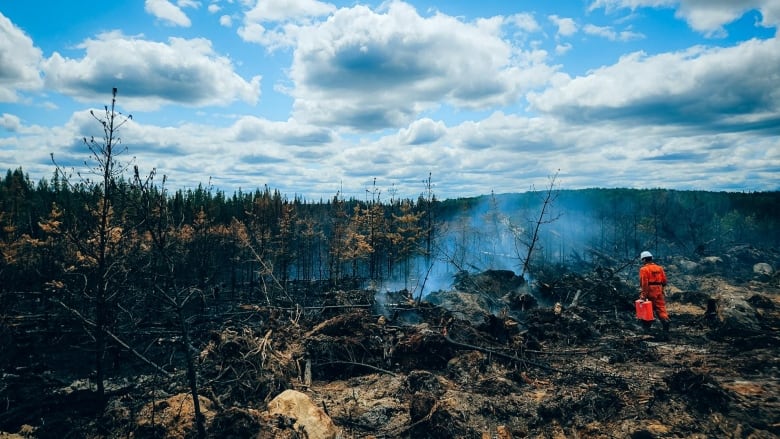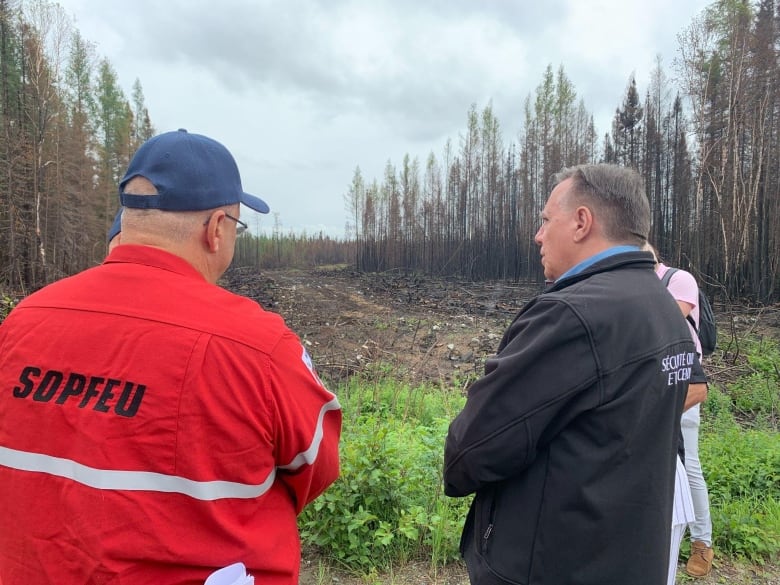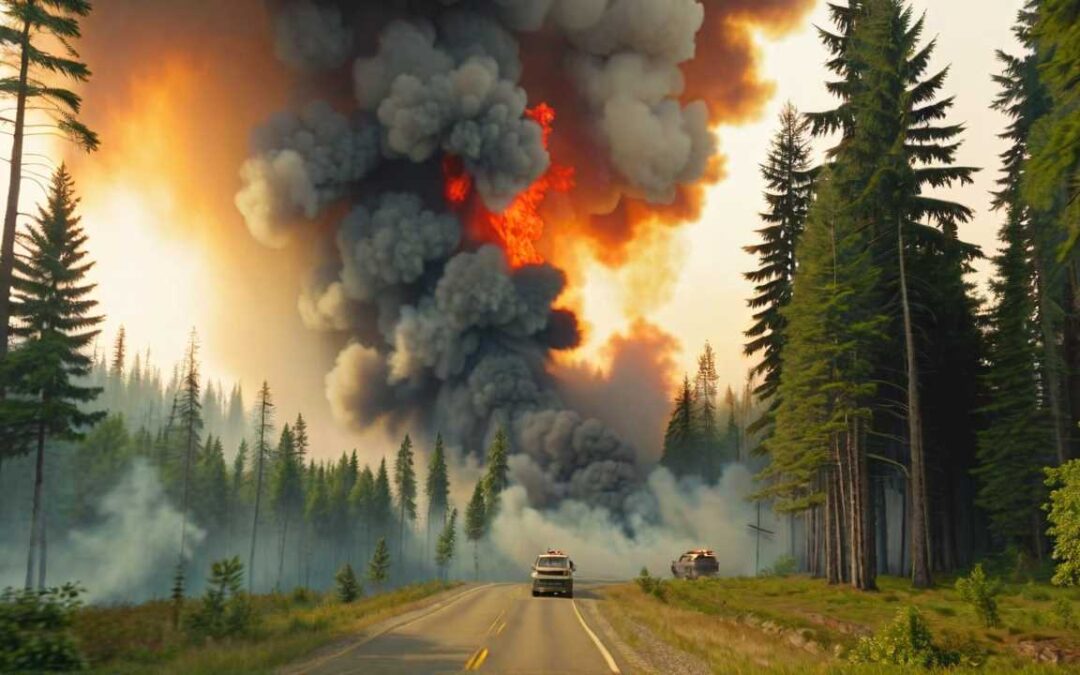The vivid imagery of vast stretches of forest reduced to ashes, communities forced into evacuation, and smoke plumes reaching as far as New York City, has reignited concerns within Quebec’s forest fire prevention agency and its communities.
Here’s what they are doing as an attempt to prepare for a repeat of 2023’s fire season… or worse.
Communities Bracing for Quebec’s 2024 Fire Season
In Lebel-sur-Quévillon, a town situated 800 kilometers north of Montreal, Mayor Guy Lafrenière voices a common sentiment of unease.
“We’re going to be worried all summer,”
With the memory of last year’s two evacuations still fresh, the hope for a wet summer clashes with the fear of another season of scorching heat and dry conditions. The town, like many others, finds itself on edge, preparing for the possibility of facing wildfire threats once again.
Boosting Firefighting Forces in Quebec
The Société de protection des forêts contre le feu (SOPFEU) is taking proactive steps to bolster its capabilities. With plans to increase its workforce by 32 percent, SOPFEU aims to add 160 new members to its team, including 80 firefighters over the next two years.
A significant development is the establishment of a permanent base in Lebel-sur-Quévillon, equipped with 14 firefighters, bringing a sense of relief and increased safety to the community.
Experience from last year’s efforts are invaluable
Uncertain Weather Patterns and Fire Risks
Despite the efforts to prepare, the unpredictability of weather patterns leaves the risk of forest fires a constant concern. SOPFEU’s team of meteorologists, led by Olivier Lundqvist, highlights the challenges in forecasting the upcoming summer’s conditions. Factors such as reduced winter snowfall and milder temperatures hint at the potential for early fire seasons, reminiscent of the extensive June fires, possibly occurring as early as May.

Strategic Expansion and Recruitment
SOPFEU’s expansion is not limited to firefighters alone. The organization plans to diversify its ranks with the addition of protection officers, operations staff, and specialists in geospatial data, among others. This strategic growth is supported by Quebec’s commitment of an additional $29 million over five years, aimed at enhancing the region’s firefighting capabilities. The recruitment drive extends to water-bomber pilots, a critical component of SOPFEU’s aerial firefighting strategy, addressing a current shortfall in personnel.
“This will help me sleep,” says Mayor Lafrenière. “It’s going to be very reassuring. I’m going to feel a lot safer knowing that there are people taking care of this in my area.”
Modernizing the Fleet and Raising Awareness
Amidst recruitment and expansion efforts, SOPFEU also faces the challenge of modernizing its aging fleet of CL-215 aircraft. With some units nearing 50 years of service, the need for reliable, updated aircraft is becoming increasingly urgent to maintain operational effectiveness. Alongside these logistical improvements, SOPFEU is significantly increasing its investment in prevention, recognizing that human activities are the leading cause of forest fires. By elevating its prevention budget to $3 million annually, SOPFEU aims to foster greater awareness and responsibility among the populace.
Communities and Leaders Facing Climate Change
The mayor of Chibougamau, Manon Cyr, reflects on the broader implications of these recurrent fire seasons. Having experienced the turmoil of evacuating her community, Cyr acknowledges the necessity of adapting to the realities of climate change. The sentiment is echoed across Quebec, where the acknowledgment of changing climate patterns is coupled with a determination to mitigate risks and protect communities.

As Quebec braces for another fire season, the concerted efforts of SOPFEU, local leaders, and the community at large underscore a collective resolve to face the challenges ahead. With strategic planning, increased resources, and heightened awareness, Quebec aims to safeguard its forests and residents from the ravages of wildfires, all the while adapting to the evolving climate landscape.
